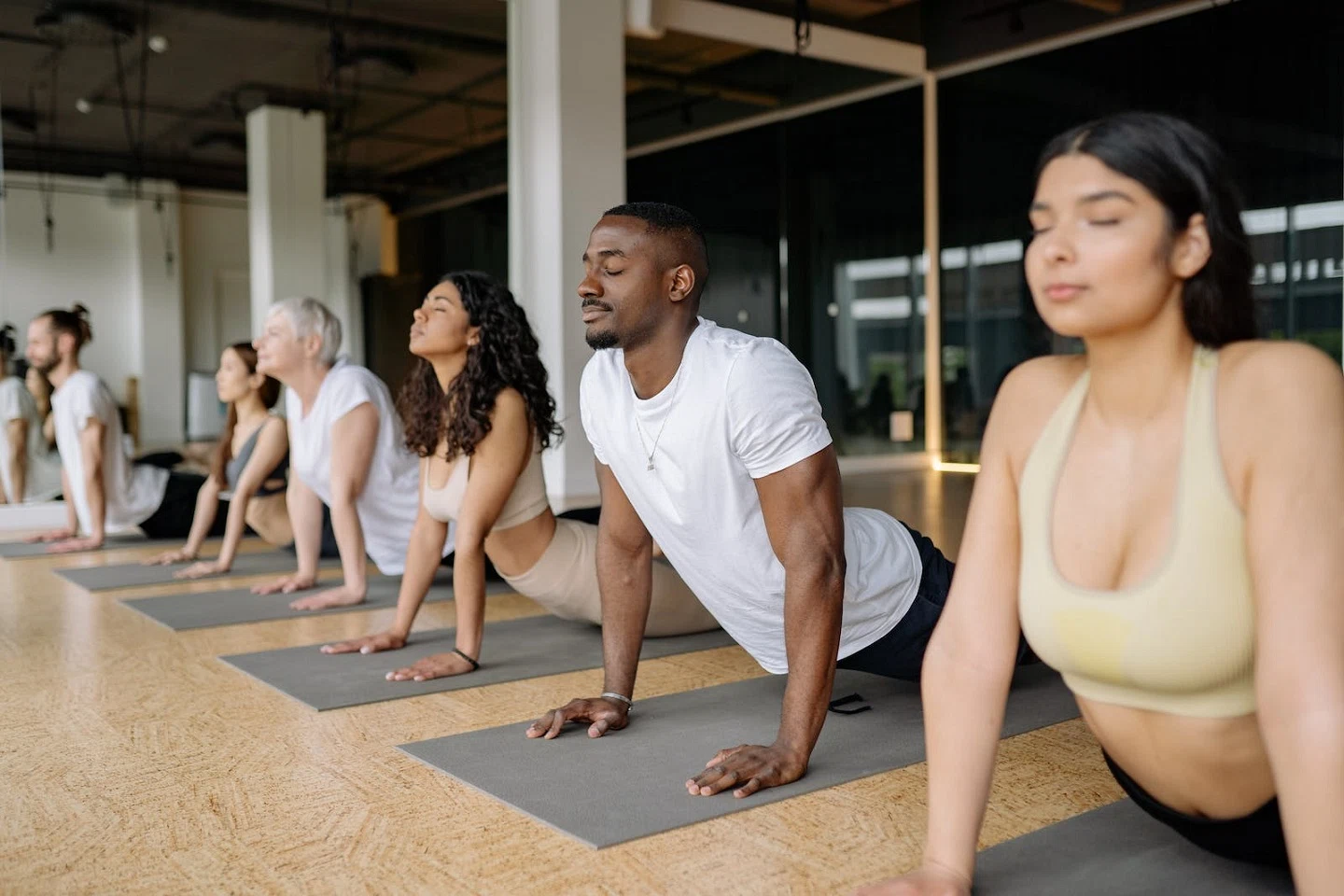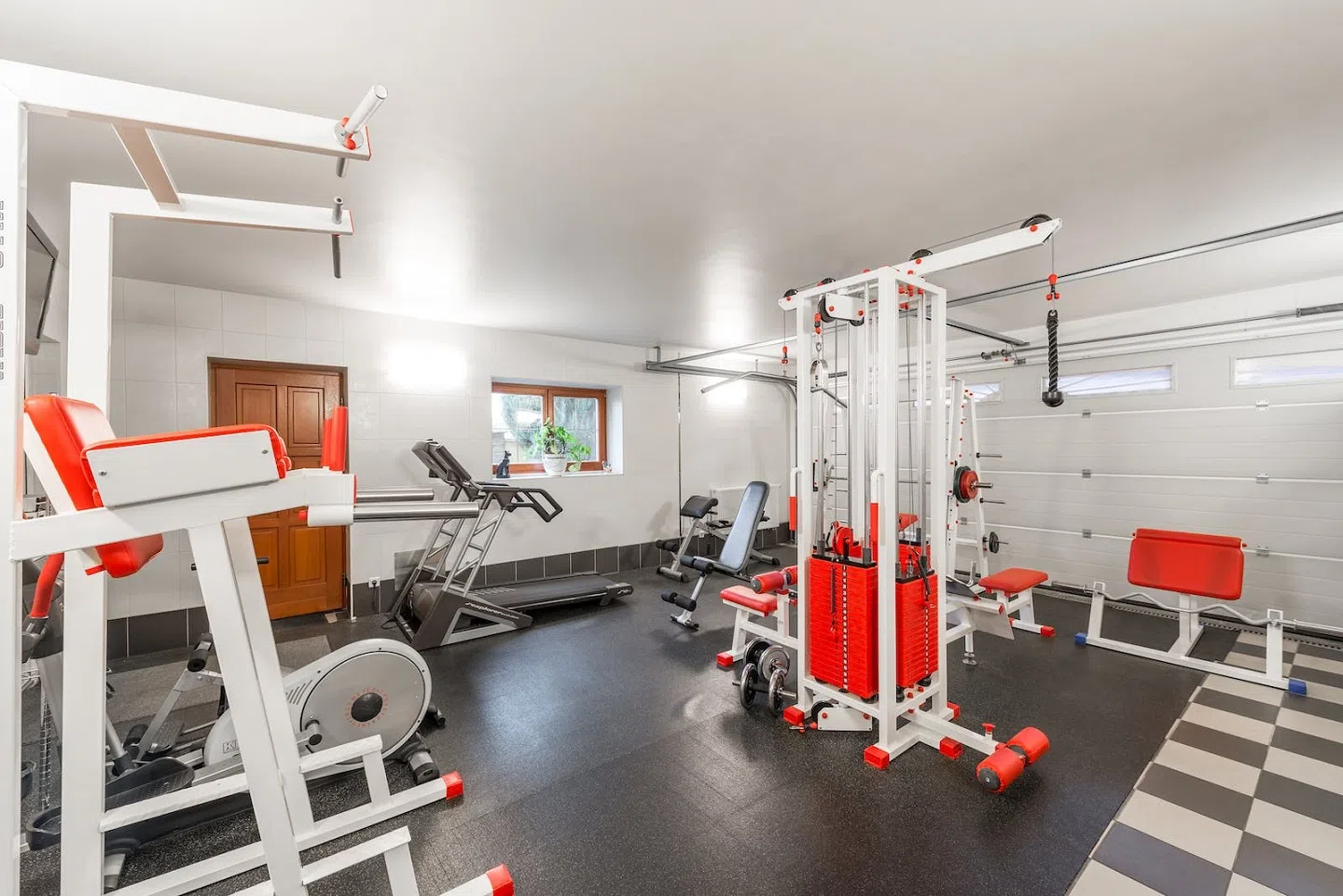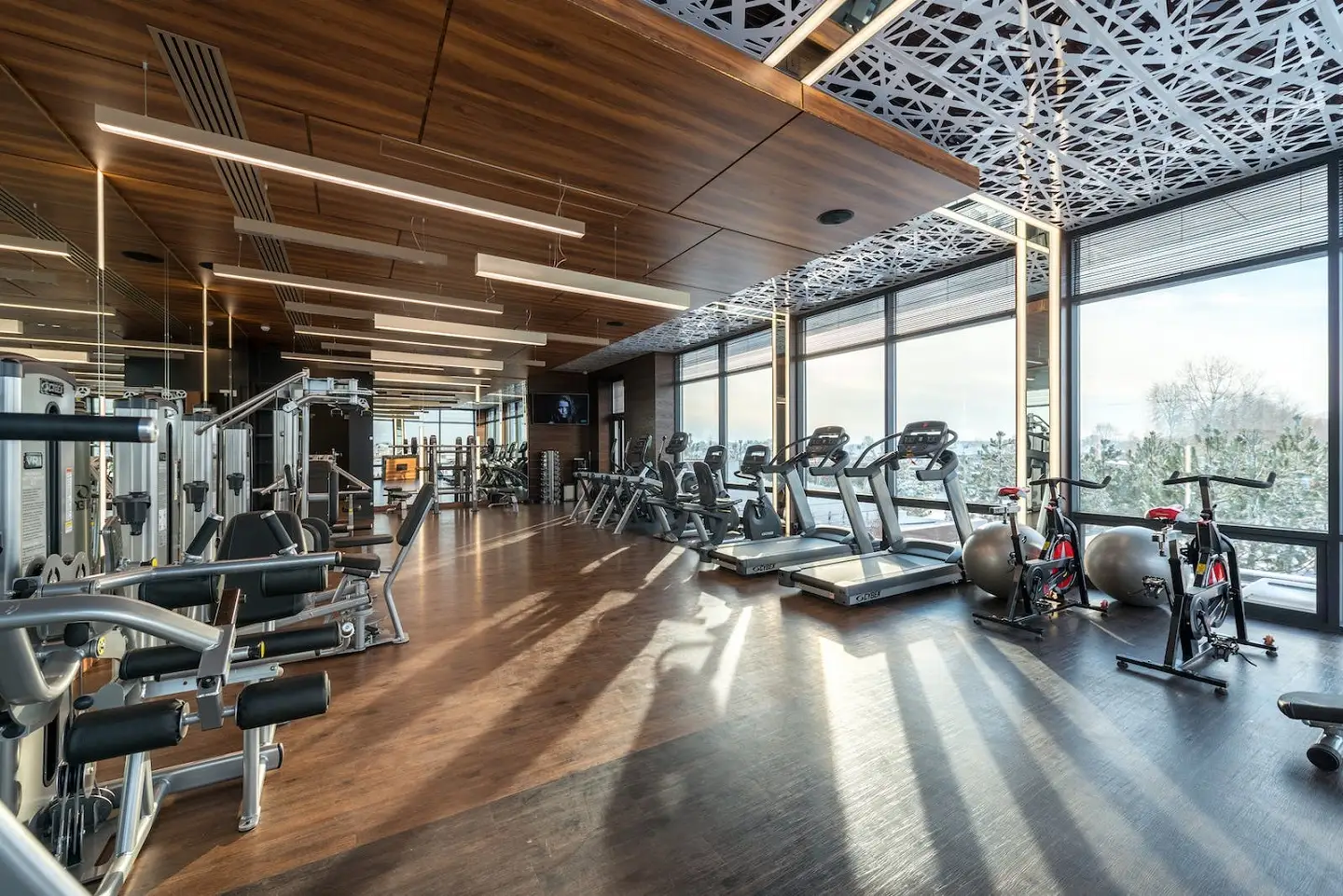Gym Flooring and Sports Club Surfaces: Striking the Perfect Balance Between Form and Function

In the world of fitness, whether you’re developing a high-end gym or a neighborhood sports club, the choice of flooring is a decision that carries significant weight. Gym flooring and sport club surfaces are not just about aesthetics; they play a vital role in functionality, safety, and overall user experience. This comprehensive guide explores the materials, design considerations, safety aspects, and the growing importance of sustainability in the fitness industry.
Choosing the Right Flooring Material For Sport Halls and Indoor Sports

Selecting the right material for gym and sports club flooring is a foundational step that determines comfort, safety, and longevity. A variety of materials cater to different needs and preferences.
- Rubber Flooring: Rubber flooring is a standout choice in both gyms and sports clubs due to its durability and shock-absorbing properties. It is particularly well-suited for high-impact activities and areas where heavy equipment is used. Its slip-resistant surface is instrumental in preventing accidents, especially in environments where moisture or sweat is common. Furthermore, rubber flooring is known for its ease of maintenance, and regular cleaning is a straightforward process.
- Vinyl Flooring: Vinyl flooring offers versatility, balancing comfort and durability. It can withstand the weight of heavy gym equipment and is easy to clean, making it an attractive choice for sports clubs and gyms. Vinyl comes in various thicknesses and can mimic the look of wood, tile, or stone, providing creative design options for these fitness spaces.
- Wood Flooring: Wooden flooring brings a natural and aesthetic element to sports clubs and gyms, particularly in areas like dance studios or yoga spaces. It provides a warm, inviting atmosphere. However, wood requires more meticulous maintenance to prevent warping and is not as forgiving for high-impact activities, making it suitable for specific zones within the facility.
- Cork Flooring: Cork flooring is a sustainable and environmentally friendly choice. It offers a soft and comfortable surface, perfect for yoga studios or areas where users need extra joint support. Being a renewable resource, cork aligns with eco-conscious trends and provides a responsible flooring option for sports clubs and gyms.
- Interlocking Tiles: Interlocking tiles are versatile and easy to install. They come in various materials, including rubber, foam, and PVC, making them adaptable for different sections of sports clubs and gyms. These tiles are durable, easy to replace, and can be customized with branding or patterns.
Tip: Learn more about different types of flooring material and quality.
Gym and Home Gym Flooring Common Design Tips

The design of gym and sports club flooring extends beyond functionality and directly influences the ambiance and motivation of users.
- Color Schemes: The chosen color palette should align with the facility’s branding and desired atmosphere. Bright and vibrant colors can energize the space, while neutral tones create a versatile backdrop. Designers can leverage color psychology to create a mood that resonates with the fitness club’s mission.
- Zoning: Flooring materials and patterns can be used to differentiate zones within the fitness space. For instance, areas dedicated to cardio workouts, weightlifting, and group classes can be visually distinguished, aiding in wayfinding and creating a structured environment that encourages proper use of space.
- Safety Markings: Safety markings and signage integrated into the flooring design serve a crucial role in sports clubs and gyms. They direct members to emergency exit first aid stations and indicate traffic flow, ensuring the well-being of all users. These markings are an essential aspect of user safety.
- Durability and Maintenance: Sports clubs and gyms experience heavy foot traffic, use of heavy equipment, and occasional impacts from dropped weights, which necessitate durable and low-maintenance flooring solutions.
- Shock Absorption: The choice of flooring materials should prioritize shock absorption, particularly in high-impact areas. Adequate shock absorption protects athletes and reduces the wear and tear on the floor itself. This aspect is crucial in sports clubs with high-intensity activities.
- Ease of Cleaning: Sports clubs and gyms demand regular cleaning to maintain hygiene. Therefore, flooring should be easy to clean and resistant to moisture and stains. A clean environment is aesthetically pleasing and also crucial for health and safety.
- Repair and Replacement: In high-traffic areas, gym and sports club flooring may require repairs or replacement over time. Interlocking tiles and modular systems simplify the process of addressing these issues without causing significant disruption to the overall operation of the facility.
Tip: What is the best home office flooring that is both economical and durable?
- Safety Aspects: The safety of sports clubs and gym members is a primary concern. The flooring choice directly influences safety in various ways.
- Slip Resistance: To prevent accidents, especially in areas prone to moisture or sweat, such as around swimming pools or in changing rooms, it is imperative to select flooring materials with slip-resistant properties.
- Impact Noise Reduction: Minimizing noise generated by dropping weights and equipment is vital for user comfort and the well-being of fellow members. Noise reduction contributes to a pleasant and focused atmosphere within the facility.
- Cleanliness and Hygiene: Maintaining a clean environment is not only an aesthetic consideration but also a matter of hygiene. A clean facility helps prevent the spread of bacteria and illnesses, contributing to the overall well-being of sport club and gym members.
- Sustainability and Eco-Friendly Practices: The growing emphasis on sustainability and eco-consciousness extends to sports club and gym flooring options.
- Recycled Materials: Choosing flooring materials made from recycled content is a sustainable choice. Rubber flooring, for instance, often incorporates recycled rubber, reducing the environmental impact by reusing materials that would otherwise go to waste.
- Sustainable Sourcing: Ensuring that the materials used for sport club and gym flooring are sustainably sourced is paramount. Wood from responsibly managed forests and eco-friendly production processes contribute to the overall sustainability of the space.
- Low VOC Emissions: Low volatile organic compound (VOC) emissions from flooring materials help maintain good indoor air quality, which is particularly essential in enclosed spaces like gyms and sports clubs, where air quality can impact the well-being of members.
- Longevity and Recyclability: Choosing long-lasting materials that can be recycled at the end of their lifecycle further reduces the environmental impact of sports club and gym flooring. By selecting materials that can be repurposed or recycled, fitness facilities contribute to a more sustainable future.
What is the best flooring for under exercise equipment?

To speak shortly, carpet flooring is the option to floor a gym with heavy exercise equipment, but if you are thinking about your home gym flooring which does not consist very heavy equipment, you can use rubber, vinyl, and other types of flooring suggested above.
Tip: Have you ever noticed the educational flooring quality? Do you know what is the right flooring for school and educational places?
Conclusion

In conclusion, gym and sport club flooring serve as the foundation for a dynamic, safe, and aesthetically pleasing fitness environment. The careful selection of appropriate materials, meticulous design, and a focus on durability, safety, and sustainability collectively contribute to a superior fitness experience.
The right flooring materials offer more than just functionality; they enhance the overall atmosphere and character of the gym or sports club. Design elements such as color schemes, zoning, and safety markings can influence motivation, engagement, and user satisfaction.
Furthermore, the emphasis on safety features, including shock absorption, slip resistance, and noise reduction, ensures that members can enjoy their workouts without unnecessary risks. The ease of maintenance, coupled with sustainability considerations, underscores the commitment of gyms and sports clubs to providing not only excellent fitness experiences but also a responsible approach to environmental impact.
By making informed choices in gym and sports club flooring, owners and operators contribute to the well-being and satisfaction of their members and play a crucial role in shaping the future of fitness as an industry that values both health and sustainability.



Did you find what you were looking for?